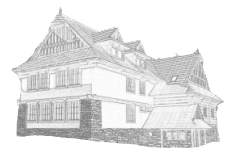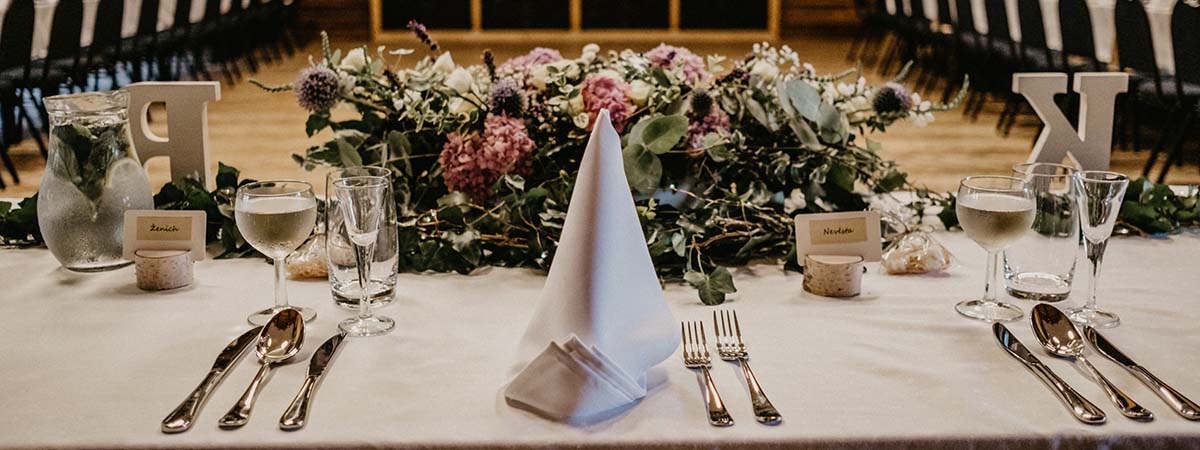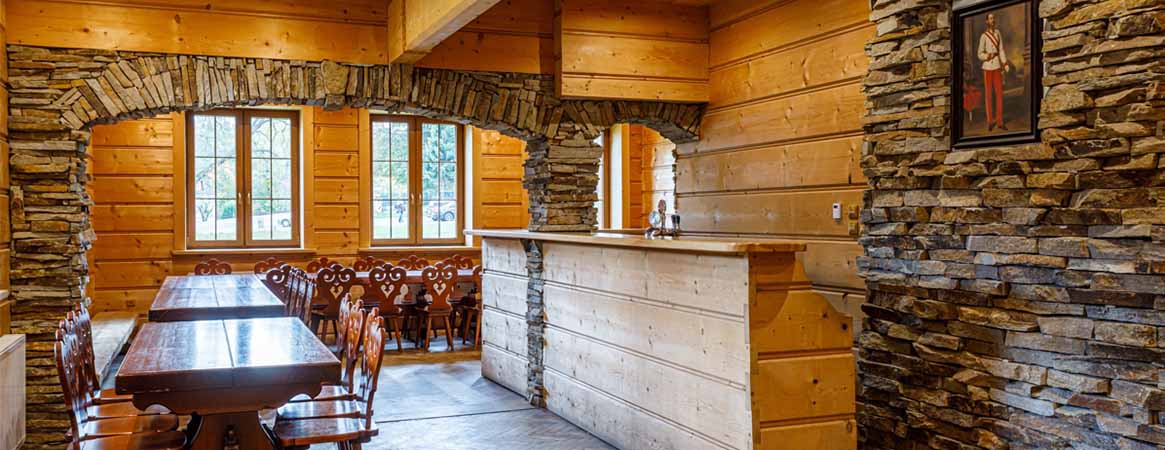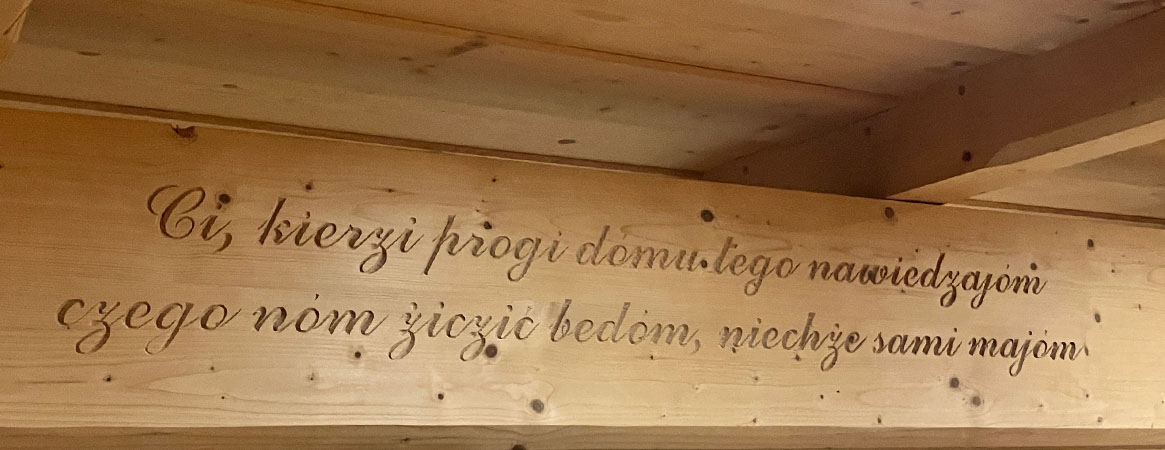
Budova se nachází v centrum obce Mosty u Jablunkova ve Slezských Beskydech. Jedná se o zrekonstruovaný historický objekt s venkovskou atmosférou. Díky interiéru ze dřeva, kamene a tradičních řezbářských ornamentů získala stavba svůj regionální charakter. Interiér tak má jedinečnou podobu a atmosféru.
V současnosti je k dispozici velký sál s pódiem a odpovídajícím technickým i gastronomickým zázemím s kapacitou až 140 osob. V suterénu budovy je možné využít další prostory pro menší oslavy i akce, včetně samostatného baru a WC. Zázemí v podkroví nabízí pokoje s výhledem na okolí malebné obce. Nástavbou nad stávajícím barem vznikly dodatečné prostory za pódiem - šatny a sanitární zařízení. Prodloužením budovy vznikly prostory výstavní síně, administrativní místnosti a cateringové zázemí.
V okolí budovy je k dispozici dostatek parkovacích míst.

Historie:
Dům vybudovala v meziválečném období místní polská komunita za účastí banky Raiffeisen a vedle místnosti určených pro kulturní činnost v něm byla také pobočka této banky (polsky: Spółkowa Kasa Oszczędności i Pożyczek, ve zkratce Dom  ). Slavnostní vysvěcení budovy se konalo v neděli 11. října 1936. Do konce 20. století se dochoval prakticky v nezměněné podobě. V posledních letech byla realizována přestavba budovy, kdy došlo ke změně vzhledu jak celé stavby, tak hlavních místností, které použitím dřeva, kamene a tradičních řezbařských ornamentů získaly tradiční regionální charakter. Proběhla také modernizace kuchyně, sanitárních zařízení, víceučelového sálu s jevištěm a ostatních místností.
). Slavnostní vysvěcení budovy se konalo v neděli 11. října 1936. Do konce 20. století se dochoval prakticky v nezměněné podobě. V posledních letech byla realizována přestavba budovy, kdy došlo ke změně vzhledu jak celé stavby, tak hlavních místností, které použitím dřeva, kamene a tradičních řezbařských ornamentů získaly tradiční regionální charakter. Proběhla také modernizace kuchyně, sanitárních zařízení, víceučelového sálu s jevištěm a ostatních místností.







